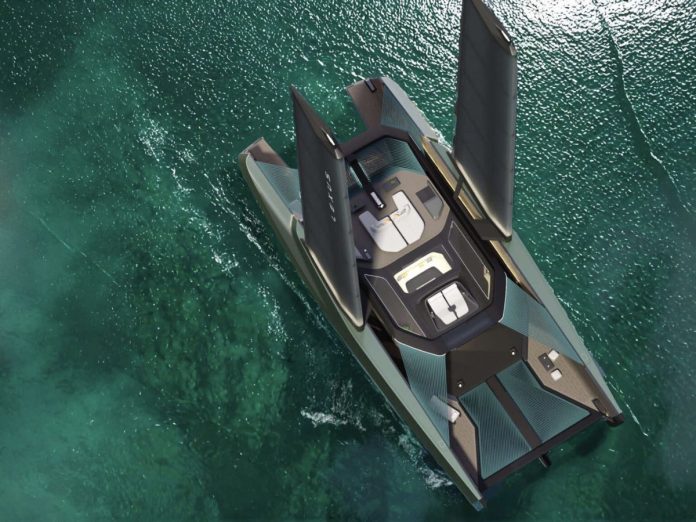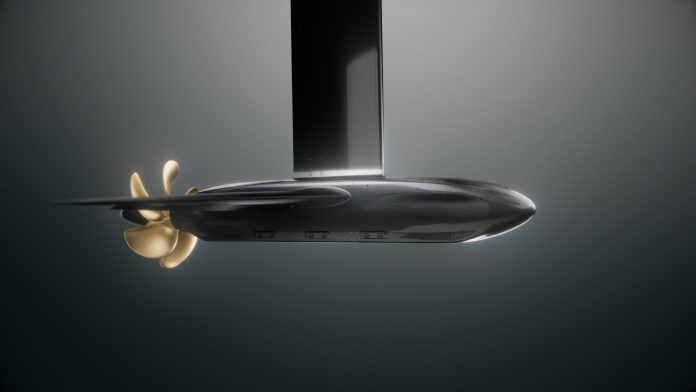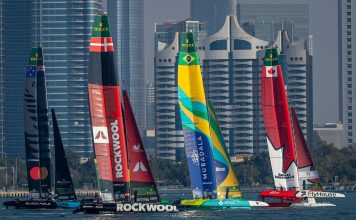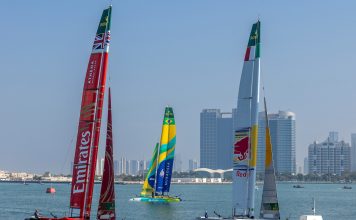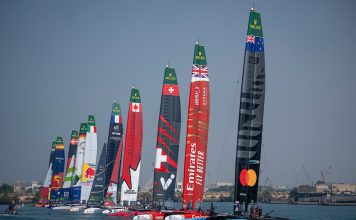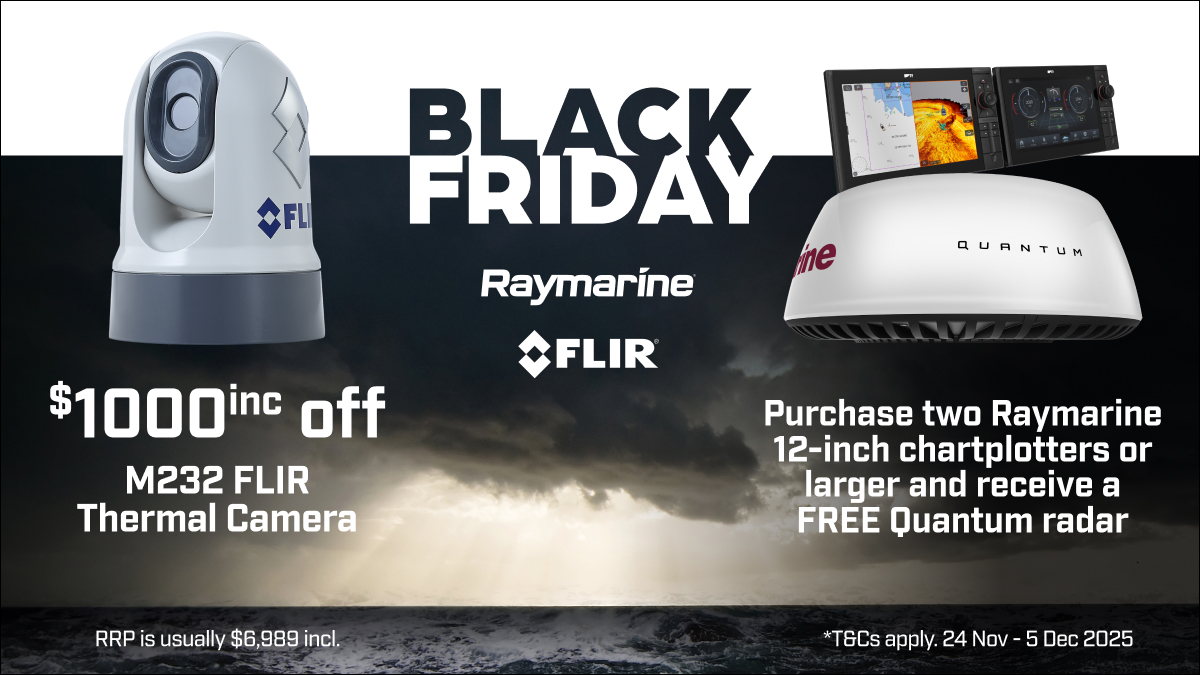The Jumbo Jubilee: A Heavy-Lifting Powerhouse
The Jumbo Jubilee is a heavy-lift vessel designed to handle some of the largest and most complex cargo in the world. Built in 2009, this ship has impressive dimensions: 144 metres in length with a beam of 26 metres, providing ample deck space for large-scale projects. It has a lifting capacity of 1,800 tonnes, allowing it to transport enormous industrial components such as wind turbine blades, oil platform modules, and subsea equipment.
Heavy-lifting vessels like the Jumbo Jubilee are vital to global infrastructure development, as they enable the transportation of oversized cargo that cannot be split into smaller shipments. Whether moving components for offshore energy projects or large construction equipment, these vessels are key to facilitating major projects worldwide. However, they are also energy-intensive, and the maritime industry has long faced criticism for its reliance on fossil fuels.
Heavy-Lifting and the Environmental Challenge
The global maritime sector is responsible for around 2.5% of the world’s greenhouse gas emissions, and heavy-lift vessels contribute a significant portion of that due to their high fuel consumption. These ships often operate for extended periods, covering long distances while carrying immense loads. Traditionally, they have relied on diesel engines that produce high levels of CO2 and other pollutants. With growing global attention on reducing emissions, especially under initiatives such as the International Maritime Organization’s (IMO) 2050 decarbonisation goals, heavy-lift operators like Jumbo are seeking sustainable alternatives.
Sustainability Initiatives for the Jumbo Jubilee
Jumbo Maritime has taken significant steps towards decarbonising its operations, with the Jumbo Jubilee at the centre of its sustainability efforts. The company has installed a range of technologies designed to reduce emissions, improve fuel efficiency, and minimise the vessel’s environmental impact.
The most recent and innovative addition to the Jumbo Jubilee is the installation of wind-assisted propulsion, marking a major shift towards greener shipping. This move highlights Jumbo’s commitment to cleaner technologies as part of a broader effort to align with international decarbonisation targets.
Wind-Assisted Propulsion and VentoFoils
Wind-assisted propulsion has been gaining traction as an effective way to reduce fuel consumption on large vessels. For the Jumbo Jubilee, Jumbo Maritime partnered with Econowind to install VentoFoils – an advanced wind propulsion system. These systems consist of vertical, sail-like structures mounted on the ship’s deck, designed to capture wind energy and assist in propulsion.
The VentoFoils operate using aerodynamics similar to an aircraft’s wing, creating lift from wind passing over the foil. This lift generates additional forward thrust, which reduces the workload on the ship’s engines, thereby lowering fuel consumption. As a result, the ship consumes less diesel and emits less CO2 into the atmosphere. These sails are retractable and adjustable, allowing them to be deployed when wind conditions are favourable, or stowed when they are not needed, offering flexibility to the ship’s operations.
Early results from trials show that wind-assisted propulsion can reduce fuel consumption by up to 20% under optimal conditions. For the Jumbo Jubilee, which typically burns large amounts of fuel during transoceanic voyages, this translates to significant environmental benefits.
Other Sustainable Technologies on the Jumbo Jubilee
While the VentoFoils are a key feature of the Jumbo Jubilee‘s sustainability overhaul, Jumbo Maritime has implemented additional green technologies to further reduce emissions. For example, the vessel is fitted with energy-efficient hull designs that reduce drag and improve fuel efficiency. Hull modifications can decrease fuel consumption by ensuring smoother movement through water, particularly when carrying heavy loads.
The ship is also equipped with a hybrid power system that integrates traditional diesel engines with cleaner energy sources, such as batteries and energy recovery systems. This hybrid system optimises fuel use during different stages of a voyage, further reducing overall emissions.
Together, these innovations are positioning the Jumbo Jubilee as a model for sustainable heavy-lifting vessels in the maritime industry.
The Future of Heavy-Lifting Vessels
As the maritime industry faces increasing pressure to decarbonise, the steps taken by Jumbo Maritime with the Jumbo Jubilee offer a glimpse into the future of heavy-lifting vessels. By integrating wind-assisted propulsion and hybrid power systems, the company is helping to set new standards for sustainability in shipping.
The Jumbo Jubilee‘s transformation aligns with broader industry trends as companies look for new ways to reduce their carbon footprints. For the heavy-lift sector in particular, where fuel consumption is a major concern, innovations like VentoFoils offer a practical and scalable solution.
We Should Expect Further Evolutions in the Maritime Industry
The Jumbo Jubilee is a prime example of how the maritime industry can adapt to the growing demand for sustainable operations. By combining cutting-edge technologies such as wind-assisted propulsion with other green initiatives, the ship is proving that heavy-lifting doesn’t have to come at the expense of the environment. As the industry continues to evolve, the Jumbo Jubilee stands as a testament to the potential of sustainable innovation in maritime transport.














